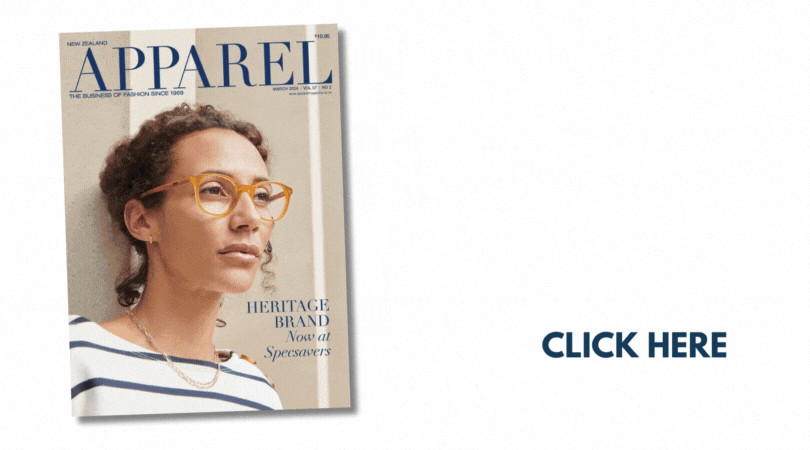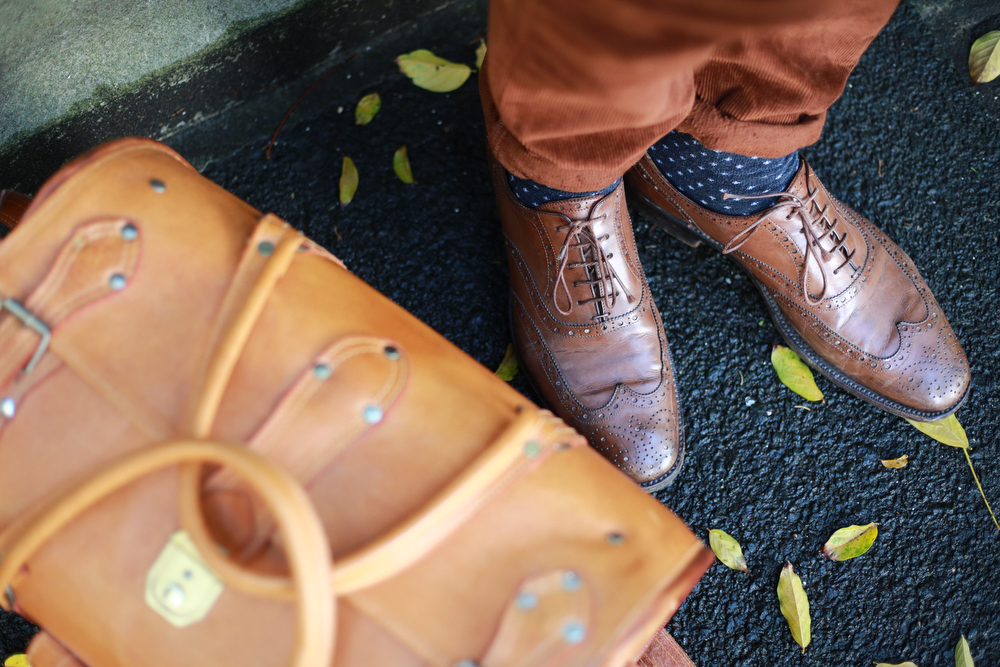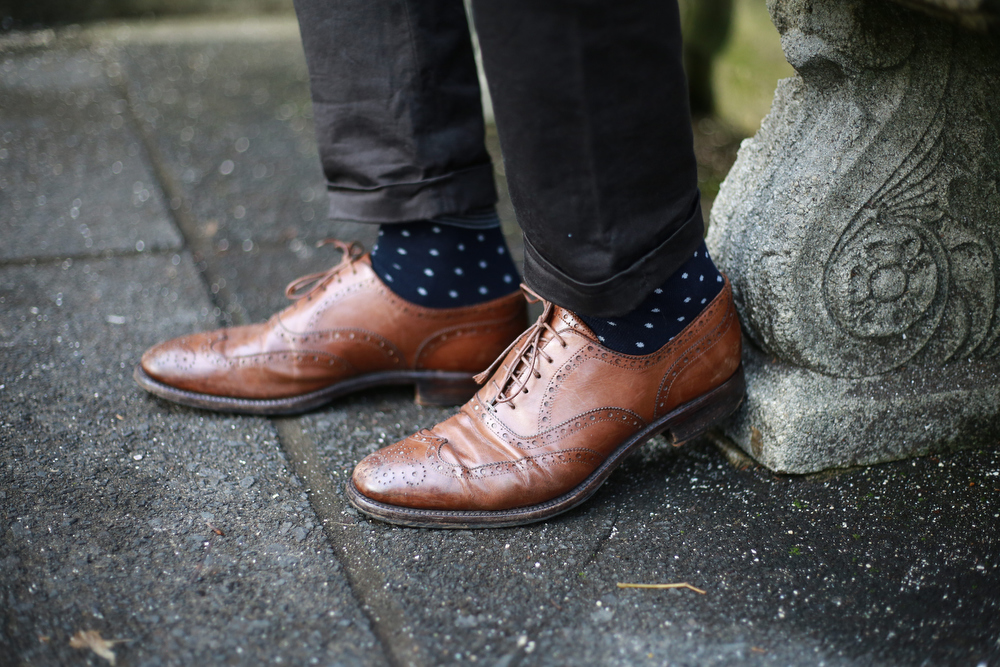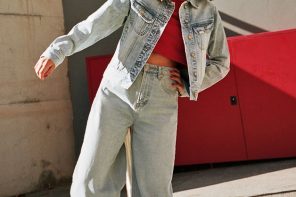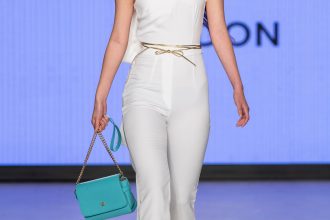You don’t have to be a noble gentleman nowadays. At least don’t be one of those “I-beg-your-pardon-milady” type of guys. In fact, if you feel the urge to talk to a girl like this, I will stop you right there, because it's a very bad idea. Just chill, homie, don't waste your breath. She doesn’t even know what you mean, you know. And you might get a slap on the face for that “milady” nonsense.
But let me tell you a secret; contemporary gentlemen don't walk around talking like this. Instead, contemporary gentlemen just wear brogues. That's right; I’m talking about those wingtip detailed shoes with perforated ornament. Okay, someone might say: “Oh no, not THOSE shoes! My grandpa used to wear them!” Well, every time I hear a statement like this, I respond with “Wow! Your grandpa was a really cool dude!” And trust me, I don't make that statement lightly. Your grandfather definitely knew how to look dapper, and he would tell you the truth about the origins of this beautiful shoe.
The story is that hundreds of years ago, before Trump and even before Yeezy Season one, people living in Ireland and Scotland loved walking around from one bog to another. Primarily, due to the lack of other entertainments. So they would walk, and walk, and walk. And then they’d be like: “Goddammit! Not a bog again! Damn Brits!” Naturally, they’d get their feet wet. Long story short, some great minds came up with the idea of having small holes all along the shoe to let water drain easily from it. That’s how we get the beautiful perforation on our brogues nowadays.
The Brogue as we know it became popular in the early twentieth century and was considered an outdoor, country walking shoe not suitable for formal occasions. However, over time the perception of this style changed. Nowadays we can wear brogues in all sorts of situations. It might be a business meeting or a casual stroll in the park. Truly, it is an essential shoe style, along with Oxfords, Derbies, and Chelsea boots. There is a lot of different variations of brogues, so rest assured, you’ll be able to find your perfect pair. Especially, if you are dealing with a reputable retailer and if you’re one of those retailers, well, then it’s time for you to decide what style of clothing in your store you would like this shoe to cover. Is it a formal department? Smart casual? Or maybe it’s streetwear? Keep in mind that the range might be quite wide.
In order to create the most appropriate look for your store, you might want to play with different designs. Wingtip, Longwing, Half brogues, Quarter brogues – all this information seems like a lot to take in but make your pick carefully because the particular style choice might change the perception of the whole look completely.
For example, some of the formal styles, such as Quarter brogues, are best worn with both single and double-breasted suits of solid colours, or a subtle pin-stripe. As for the casual style like the Wingtip brogue, if it goes together with a chunky sole, metal eyelets, and thicker laces, it is considered more appropriate for jeans, chinos, T-shirts, and unstructured jackets.
Choosing the right type of leather is without a doubt as important as choosing the right design. Say, if you’re trying to bring the level of dressiness down, suede is always a good option. If you want to keep it classy, you can’t go wrong with smooth leather. My personal favourite would be a pair made out of pebble leather.
Now let’s pick the right colour. For a more formal look, black would be the obvious choice. With that said, the brogue is still less formal than, say, your regular Oxford. So it might be a good idea to go with chocolate-brown or even tan, but if you feel that your customer would be interested in something special, there’s always an option of choosing a Spectator brogue. This style combines two contrasting colours, with one usually darker than another and is more of a statement than an ordinary shoe.
So make your choice wisely, for you have no right to be wrong!
– Vlad Tichen
Personal Stylist & Fashion Adviser
vladtichen.com
Photography by Max Lemesh

